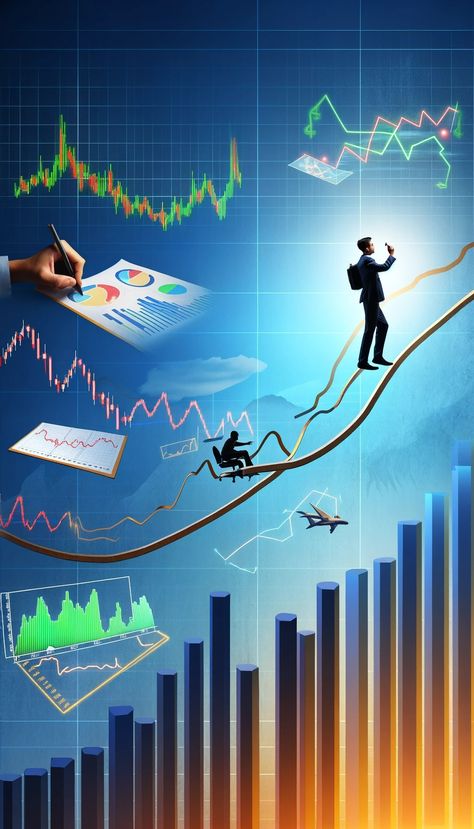Automating Success: Harnessing the Power of Forex Robots

In the realm of foreign exchange trading, the landscape is ever-evolving, marked by its dynamic nature and the constant quest for efficiency. With advancements in technology, traders are presented with innovative tools to navigate the complexities of the forex market. One such forex robot
tool gaining traction is the Forex robot – an automated trading system designed to execute trades on behalf of traders. In this article, we delve into the world of forex robots, exploring their benefits, limitations, and considerations for integrating them into your trading strategy.
Forex robots, also known as Expert Advisors (EAs), are software programs that utilize algorithms to analyze market conditions and execute trades automatically. These robots operate based on predefined parameters set by the trader, including indicators, risk management rules, and trade criteria. By eliminating the need for manual intervention, forex robots aim to capitalize on market opportunities swiftly and efficiently, while minimizing the impact of human emotions on trading decisions.
One of the primary advantages of forex robots is their ability to operate 24/7, without the need for constant monitoring. Unlike human traders, who are limited by their availability and emotional fluctuations, robots can execute trades consistently, reacting to market movements in real time. This round-the-clock functionality enables traders to capitalize on opportunities across different time zones and capitalize on volatile market conditions, which may arise outside regular trading hours.
Moreover, forex robots are designed to adhere strictly to predefined trading parameters, ensuring discipline and consistency in trade execution. Emotions such as fear and greed, which often cloud human judgment, are non-existent in automated trading systems. This disciplined approach helps mitigate the risk of impulsive decisions and enhances overall trading performance over the long term.
Furthermore, forex robots can execute trades with incredible speed and precision, reacting to market movements within milliseconds. This rapid execution is crucial in capturing fleeting opportunities, such as scalping or high-frequency trading strategies, where timing is paramount. By leveraging technology, traders can capitalize on price discrepancies and exploit short-term fluctuations in the market more effectively.
However, despite their numerous advantages, forex robots are not without limitations. One of the primary concerns is over-reliance on historical data and backtesting results. While these algorithms are designed to adapt to changing market conditions, they may struggle to anticipate unprecedented events or black swan events that deviate significantly from historical patterns. As such, traders must exercise caution and regularly review and adjust their trading strategies to ensure their efficacy in evolving market environments.
Additionally, the performance of forex robots is highly dependent on the quality of the underlying algorithms and parameters. Poorly designed or overly simplistic algorithms may lead to suboptimal trading outcomes or even significant losses. Therefore, it is essential to thoroughly research and test any forex robot before deploying it in live trading environments. Backtesting on historical data and conducting forward testing in demo accounts can provide valuable insights into the robot’s performance and reliability.
Moreover, while forex robots offer automation and efficiency, they cannot replace the human element entirely. Experienced traders bring intuition, market insights, and judgment to the table, factors that are difficult to replicate in an automated system. As such, forex robots should be viewed as complementary tools rather than standalone solutions. Successful trading often requires a blend of automation and human discretion, where traders leverage the strengths of both approaches to optimize their results.
In conclusion, forex robots represent a powerful tool in the arsenal of modern traders, offering automation, efficiency, and precision in trade execution. By harnessing the power of algorithms and technology, traders can streamline their operations, capitalize on market opportunities, and mitigate the impact of human emotions on trading decisions. However, it is crucial to approach forex robots with caution, conducting thorough research, testing, and ongoing evaluation to ensure their effectiveness and reliability in diverse market conditions. Ultimately, the integration of forex robots into a well-rounded trading strategy can enhance performance and unlock new avenues for success in the dynamic world of foreign exchange trading.





